CAFRI-NY
Projects
CAFRI projects are designed to rapidly address technical gaps in how New York's forests and their products can address climate change and develop solutions that leverage New York's climate change investments for outcomes that are both environmentally sustainable and more cost-effective.
New York Forest Carbon Assessment
Project Lead - Colin Beier
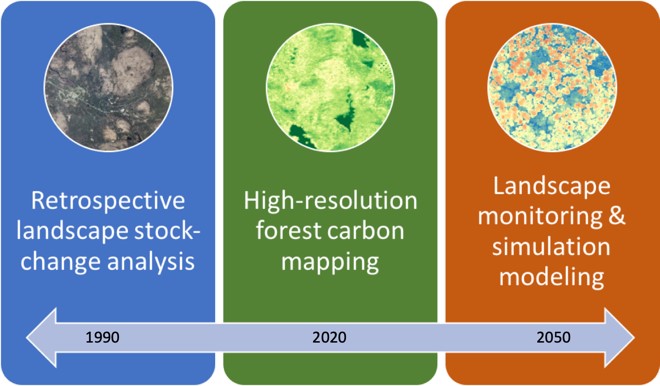
New York's landmark climate legislation—the Climate Leadership & Community Protection Act of 2019—requires the elimination of 85% of statewide greenhouse gas (GHG) emissions by 2050. Achieving the ultimate goal of a carbon-neutral economy will require offsets, or 'negative emissions', for the remaining 15% of New York's GHG footprint.
Forests cover nearly 2/3 of New York State by area and will play a leading role in providing these negative emissions—but the magnitude of this carbon sink, its relationships with other forest functions and services, and its resilience to multiple drivers of change, including management, are poorly understood.
To support the stewardship of forests across New York State and their many benefits, including climate solutions, CAFRI has developed a four-part protocol for forest carbon accounting that includes high-resolution forest mapping, historical change detection, landscape monitoring and scenario forecasting. This effort comes from a partnership with the Office of Climate Change and the Division of Lands & Forests at the NYS Department of Environmental Conservation, as well as the US Forest Service Forest Inventory & Analysis program, and is supported by the NYS Environmental Protection Fund.
Accounting for the Carbon Benefits of New York Harvested Wood Products
Project Lead - Obste Therasme
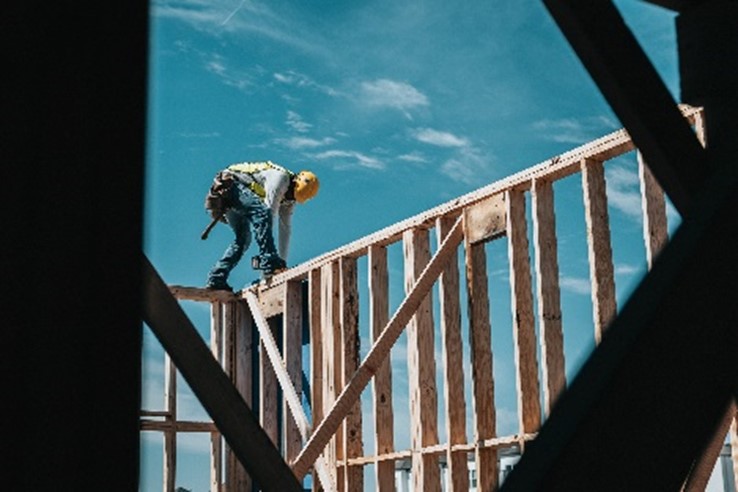
New York State's forest carbon accounting protocol presently does not include estimates of the carbon stored in harvested wood products (HWP), but rather treats all harvests as emissions to the atmosphere. In conjunction with the NYS Forest Carbon Assessment project, this project will develop the data and methods needed to fully account for the carbon storage and substitution benefits associated with HWP produced or used in NYS.
This work fills a critical gap in NYS's capacity to conduct accurate climate accounting for working forest lands, and to inform regulatory decisions needed to implement the Climate Leadership and Community Protection Act.
SUNY ESF faculty are leading this project with funding from NYS Department of Agriculture and Markets.
Use of Slash Wall Technology to Sequester More Carbon through Effective and Complete Forest Regeneration
Project Leads—Peter Smallidge and Brett Chedzoy
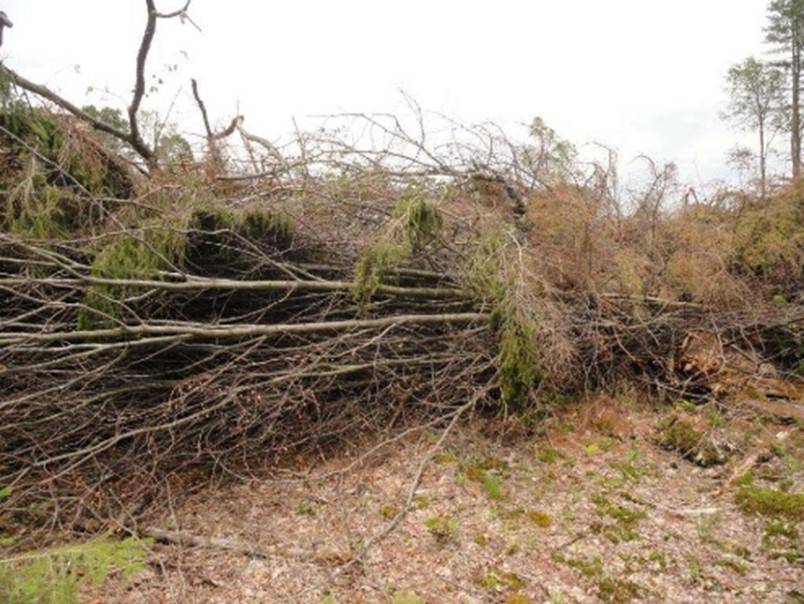
The largest age-class of NY forests is that of mature sawtimber-sized stands. These carbon-rich stands are poised to regenerate as a result of natural disturbances, management and invasive pests, and therefore need to be replaced with stands of equal capacity for carbon sequestration, storage, productivity and diversity. Deer impacts and interfering vegetation limit this goal. Slash walls, developed at Cornell University's Arnot Forest, exclude deer, and with mechanical understory treatment may reduce the costs of herbicide treatments. Compared to traditional harvesting systems slash walls can provide assurance for full regeneration stocking and fast growth of desired species. This novel technology is effective and efficient, but the dynamics of forest regrowth and carbon sequestration potential within slash walls needs to be documented. Further, research is needed to identify slash wall adaptations that are suitable for smaller-sized parcels and uneven-aged management.
This project will result in a quantified characterization of future forest carbon in regenerating stands using slash walls and protocols for implementation of slash walls in small stands and uneven-aged stands.
Cornell CALS faculty are leading this project with funding from NYS Department of Agriculture and Markets.
Assessing benefits and barriers to reforesting shrub lands with forests for carbon sequestration and wood products
Project Lead—Peter Woodbury
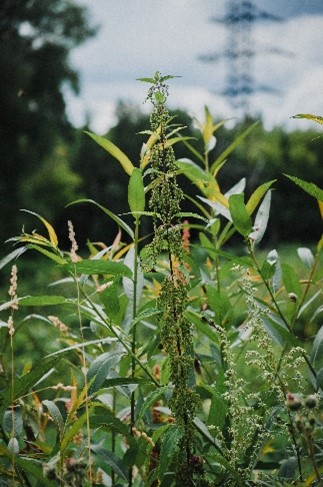
New York State has 1.6 million acres of idle or underutilized former agricultural land that are potentially available for developing renewable energy, livestock, or forest products. Currently, many of these lands have invasive weedy vegetation such as buckthorn, multiflora rose, and honeysuckle. Without intervention, these areas will remain underutilized and underproductive in terms of carbon sequestration for decades. Reforestation with native species could provide many benefits including timber production, bioenergy, and carbon sequestration that could help meet New York's climate goals. However, there is a need to better understand landowner interest in reforestation, the methods and cost of such reforestation, the barriers to reforestation, and local and regional impacts of reforestation.
This project will result in increased understanding of landowner views on reforestation, increased awareness among policy makers and industry of the opportunities, costs, and benefits of reforestation and improved understanding of the costs, methods, and benefits of reforestation of former agricultural lands.
Cornell CALS faculty are leading this project with funding from NYS Department of Agriculture and Markets.
Developing New York's Wood-Based Bioeconomy
Project Lead—Timothy Volk
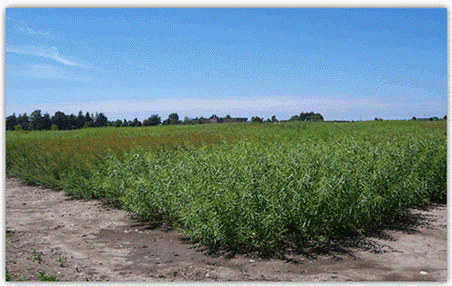
The bioeconomy describes the portion of an economy that produces renewable bio-based feedstocks, rather than fossil fuel-based feedstocks, to produce bio-based products, bioenergy, food, and feed. It uses forestry, agriculture, and aquaculture-based feedstocks, as well as biological raw materials produced by industry. Turning bio-based feedstocks into value added products creates locally-based jobs and economic development while providing climate change benefits and other environmental services, such as clean water, wildlife habitat and recreational opportunities (Volk & Malmsheimer 2020). This project will focus on determining the opportunities and challenges associated with developing the wood-based bioeconomy in NYS. This study will draw on existing information on woody biomass supply and potential in NYS to explore the development of new uses for this material, while continuing to support existing wood-based industries in the state. New uses for the woody biomass supply in NYS include, but are not limited to, mass timber buildings, biochemicals, bioenergy, wood-based textiles, nanocellulose, biochar, and other products. The project will develop a plan for coordinating R&D to spur the creation of new technologies and companies that can make use of NYS's woody resources and provide input for public policy to spur the growth of the wood-based bioeconomy.
SUNY ESF faculty are leading this project with funding from NYS Department of Agriculture and Markets.
Increasing the Use of New York Sourced Hardwood, Especially White Oak, for Wine and Spirit Barrels and Wood Adjuncts
Project Lead—Anna Katherine Mansfield
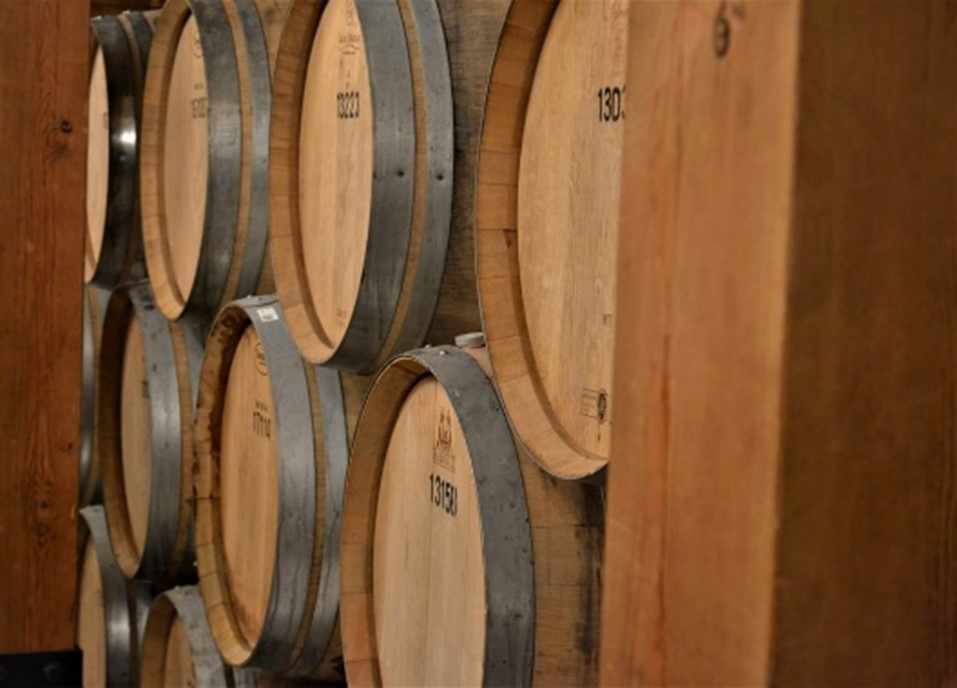
Oak-dominated forests occur throughout NY. These forests could source a higher proportion of white oak for the construction of barrels, oak adjuncts, and related items used to ferment, age and store NY wine and spirits. Other hardwoods, historically used in world wine regions, should also be assessed for suitability as aging barrels or fermentation bins. Cornell's Advisory Council for Enology Extension (ACE), an assembly of prominent and progressive winemakers from across the state, was receptive to NY-sourced white oak and potentially other hardwood barrels once flavor profiles are identified, pending verification of barrel-quality wood and potential for sustainable production. Recent trends in spirits, and to a limited extent in cider, brewing, and kombucha suggest that NY-sourced wood products would be a welcome marketing element for producers, and a limited survey of regional craft distillers verified local interest. An increased use of NY white oak and other hardwoods in cooperage and wood adjuncts would stimulate enhanced forest management and increased growth of hardwoods, resulting in greater woodland productivity, increased sequestration, and more durable wood products.
As a result of this project, New York wineries will gain familiarity with the potential sensory characteristics imparted by regional oak products, New York cooperages will be better positioned to access and use locally sourced NY grown white oak, and educational materials will be available for foresters and forest land owners to support sustainable management for barrel-quality white oak.
Cornell CALS faculty are leading this project with funding from NYS Department of Agriculture and Markets.
